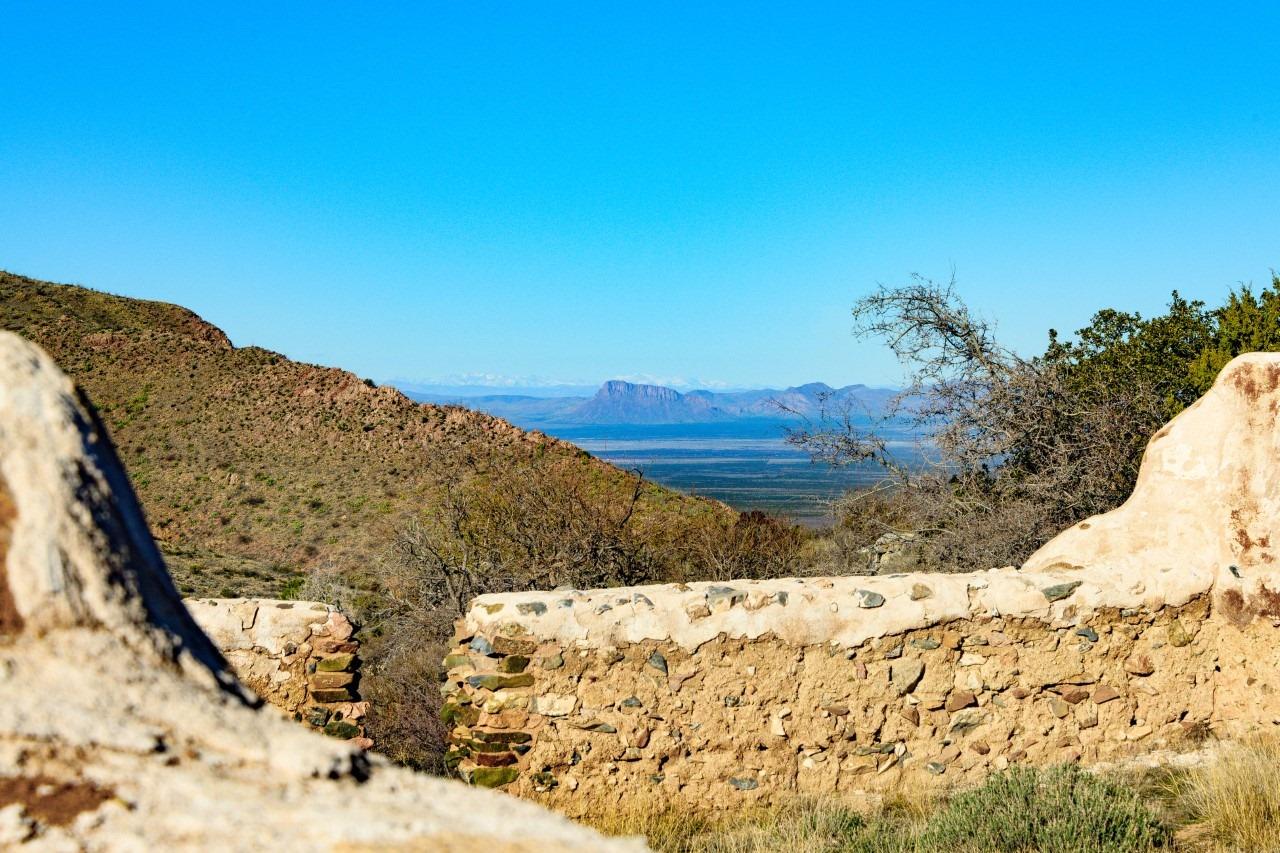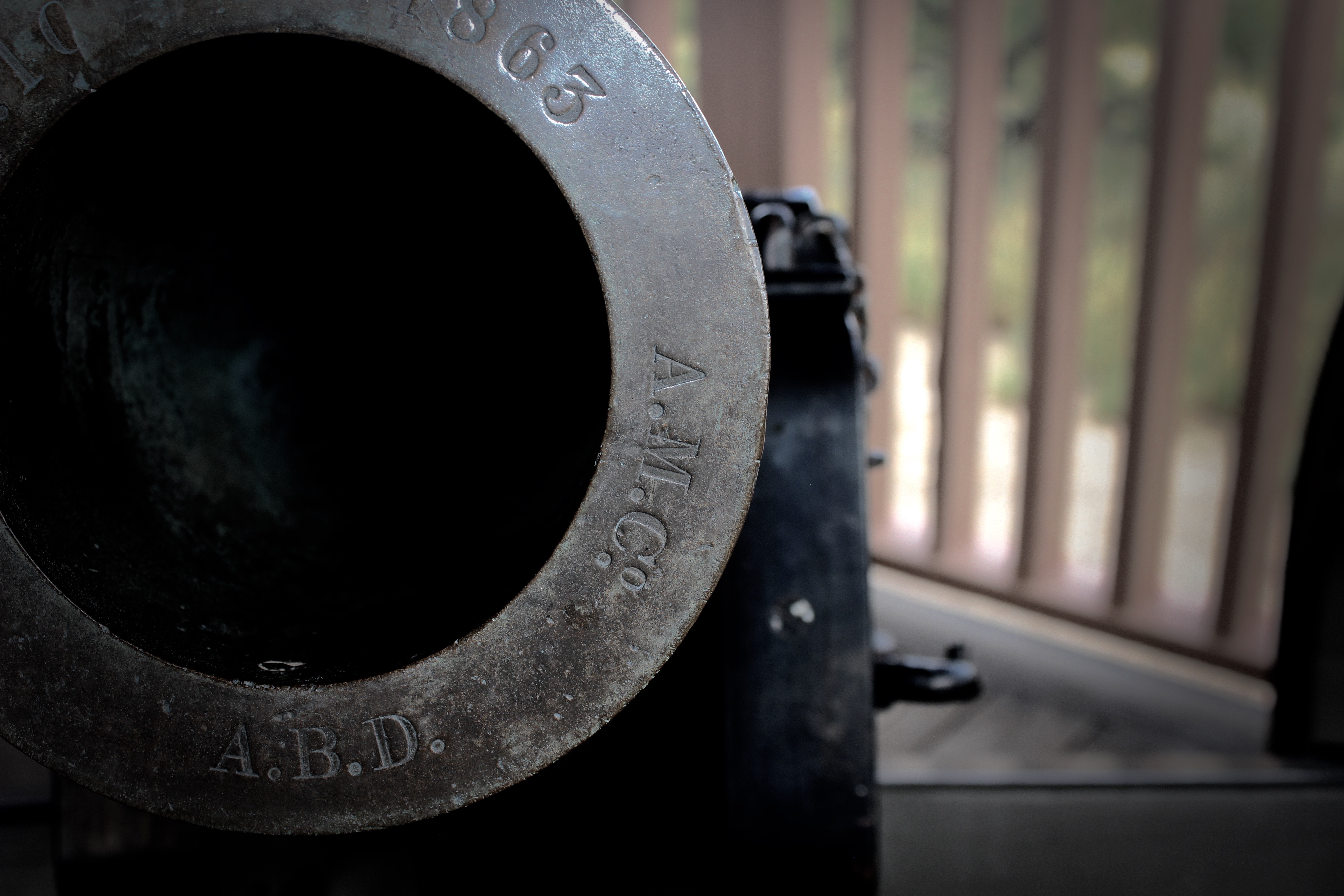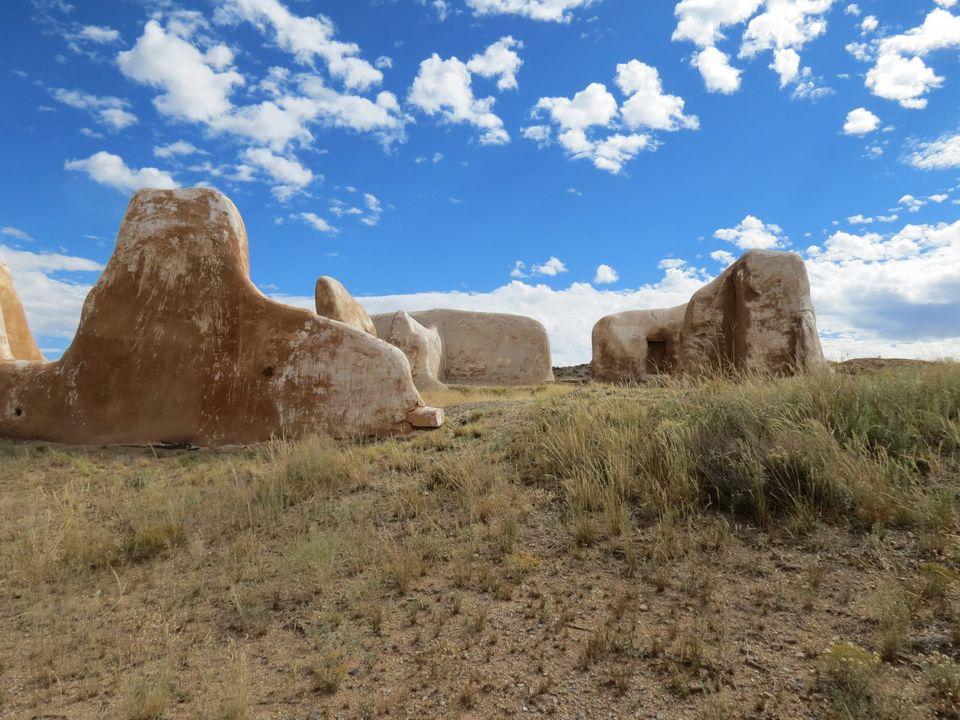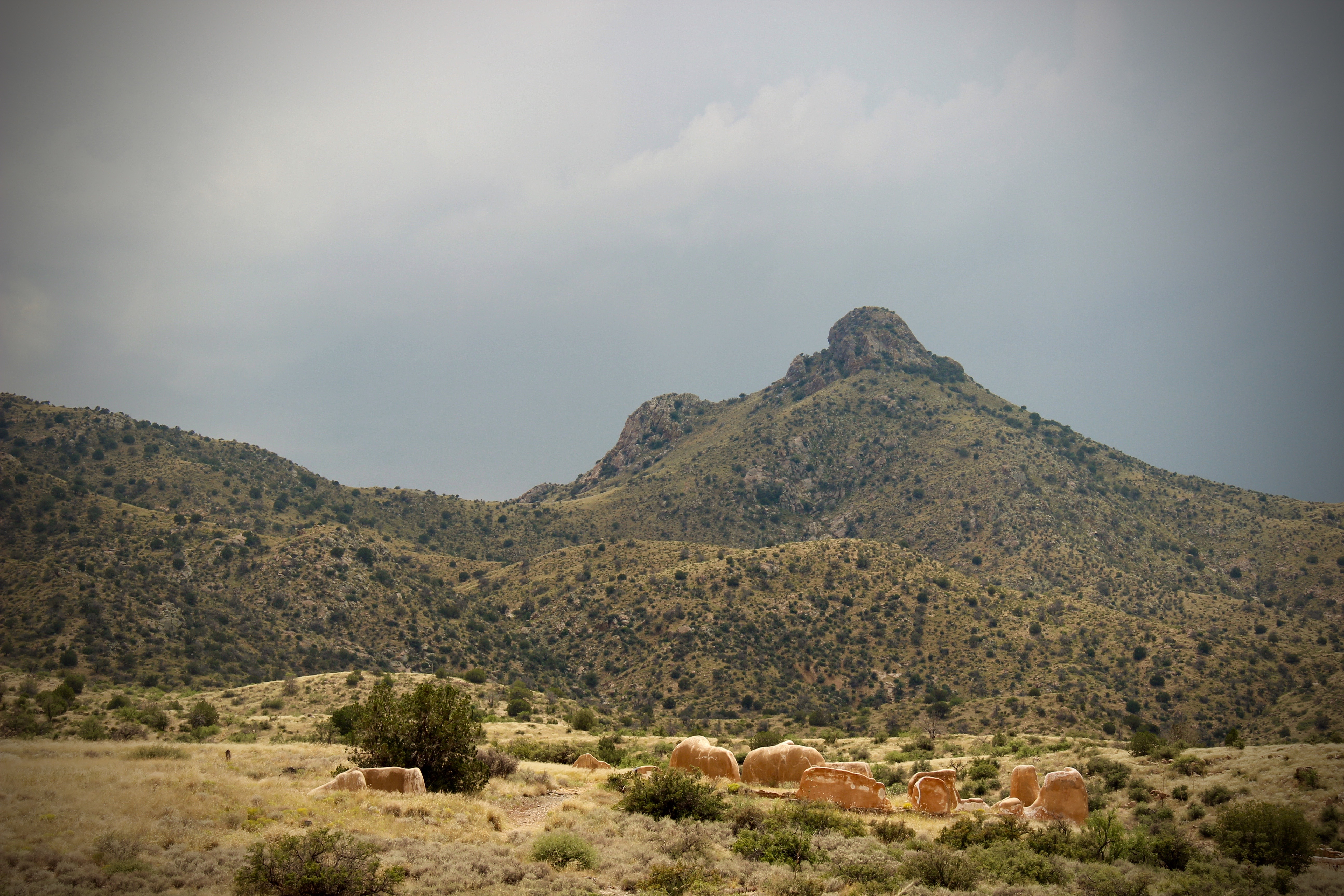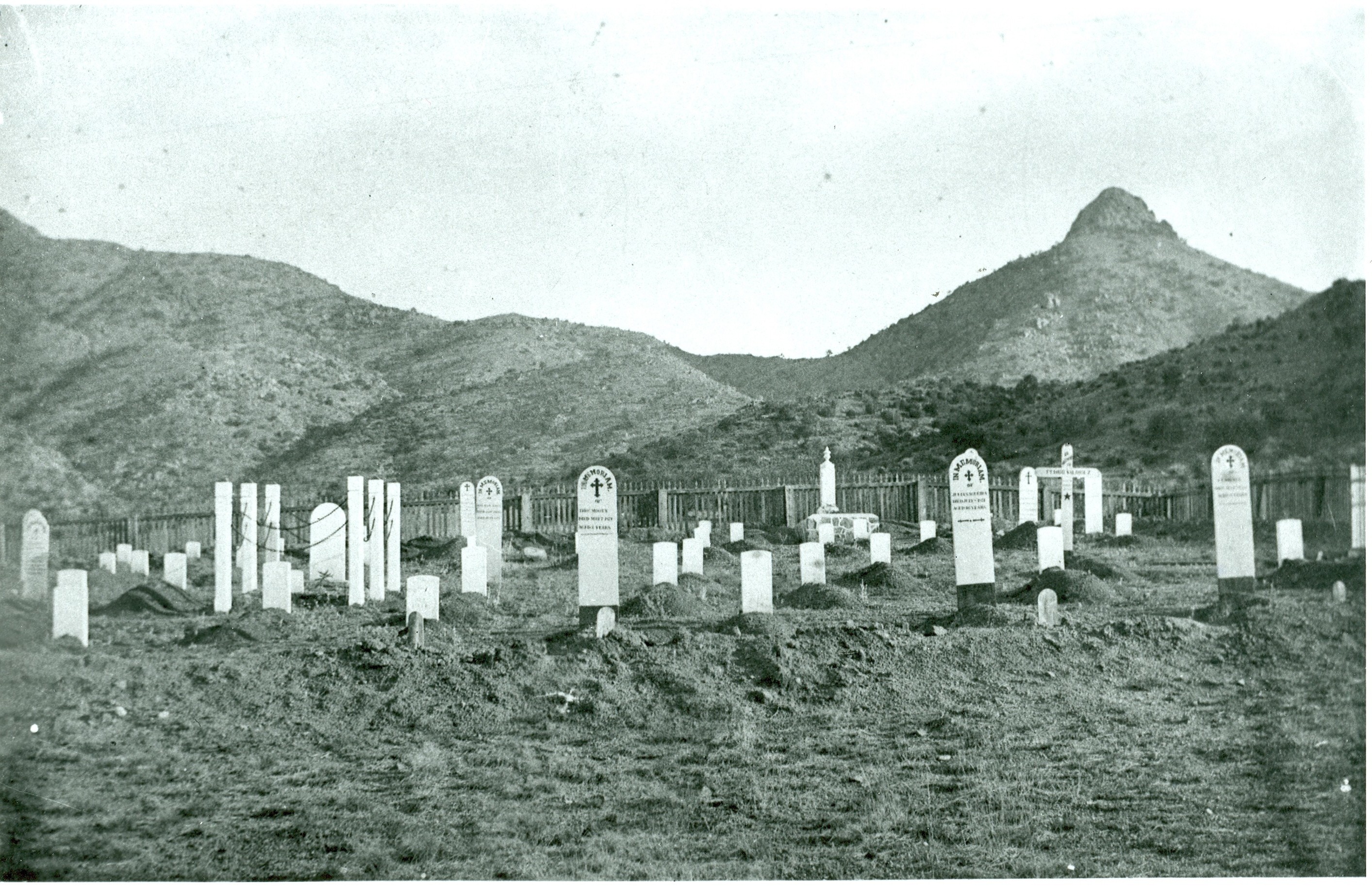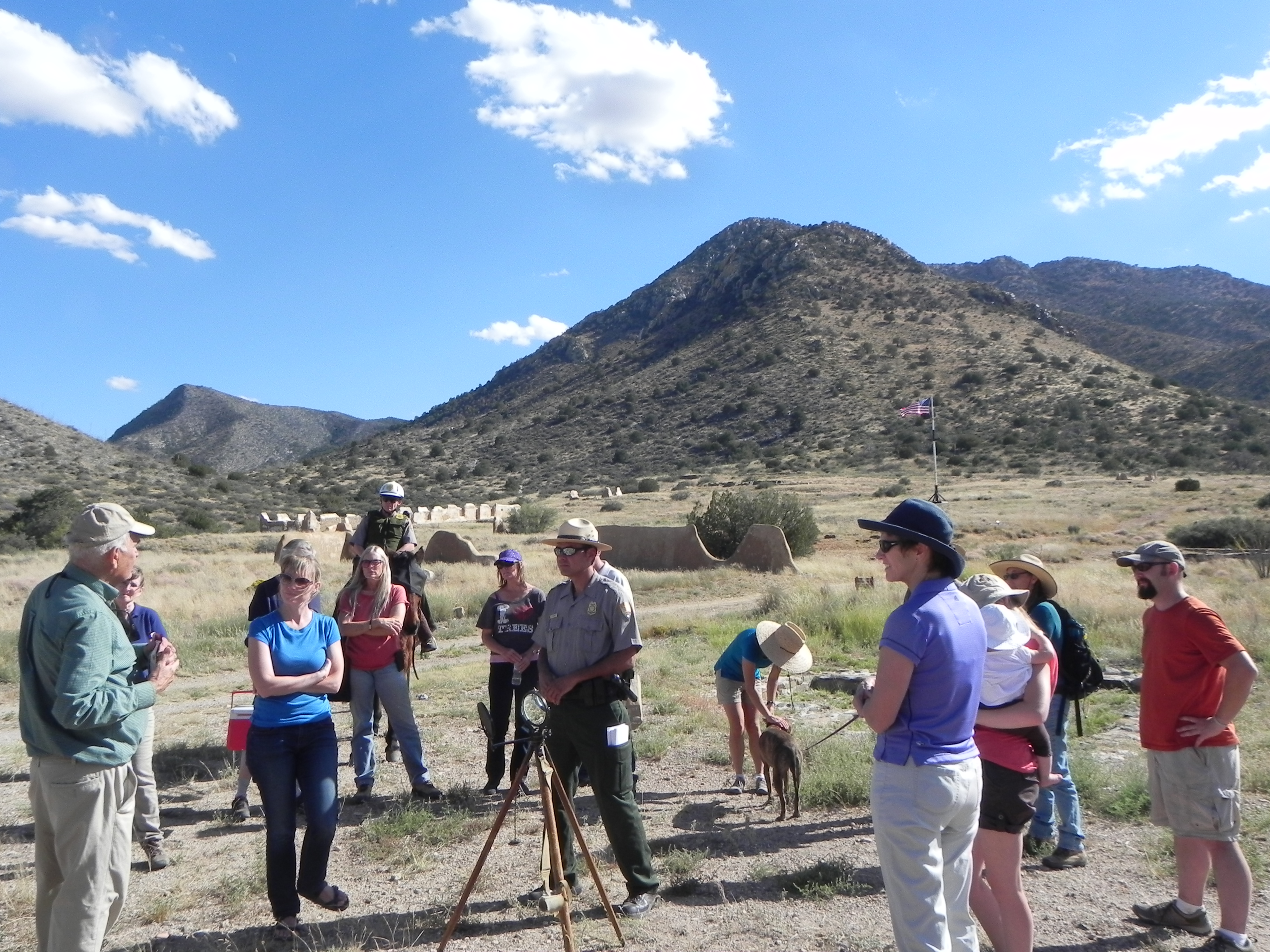For nearly 25 years, Fort Bowie stood at the crossroads of the Chiricahua Apache's fight to defend their ancestral homeland and the U.S. Army's westward expansion. Today, visitors embark on a 3-mile scenic loop trail traversing the ground where this profound cultural collision forever altered the course of both American and Indigenous history.
Fort Bowie Ruins
San Simon Valley can be seen just beyond the ruins of the cavalry barracks.
Mountain howitzer
The mountain howitzer is a symbolic relic from the active days of Fort Bowie
Post Trader's Store
The Post Trader's store on a spring day.
Fort Bowie landscape and ruins
Fort Bowie was once a bustling frontier military fort. Today, the ruins offer a place of reflection.
Fort Bowie Cemetery
Fort Bowie cemetery is accessed via the Fort Bowie Trail, and in addition to many US troops buried here, some Apache/Indeh are buried here as well.
Heliograph demonstration
The heliograph was an important communications tool in the late 1880s. Stationed on top of high desert peaks, sunlight was reflected off mirrors in coded patterns to send a message miles away.
